Stinky mandarin fish, or chou mandarin fish, is a iconic dish in Chinese cuisine, renowned for its pungent aroma and rich, umami-packed flavor. This fermented delicacy, rooted in the culinary traditions of Anhui Province, has captivated food enthusiasts for centuries with its unique transformation from a simple freshwater fish to a gastronomic marvel. The process of salting and fermenting mandarin fish is both an art and a science, requiring patience, precision, and an understanding of microbial alchemy. This article delves into the intricate steps of salting stinky mandarin fish, exploring its history, techniques, and cultural significance.
The Origins and Cultural Importance of Stinky Mandarin Fish
The dish traces its origins to the Qing Dynasty, when fishermen in the Yangtze River region sought ways to preserve their catch during long voyages. Salting and fermenting fish emerged as a practical solution, inadvertently creating a flavor profile that would later become a beloved regional specialty. Today, stinky mandarin fish is celebrated during festivals, family gatherings, and banquets, symbolizing tradition and culinary craftsmanship. Its name, while off-putting to the uninitiated, hints at the paradoxical nature of fermented foods—what begins as an assault on the senses evolves into a symphony of flavors when cooked.

Selecting the Perfect Fish
The foundation of exceptional stinky mandarin fish lies in selecting the right specimen. Traditionally, freshwater mandarin fish (Siniperca chuatsi) is preferred for its firm, fatty flesh and mild flavor. However, substitutions like sea bass or snapper can be used in regions where mandarin fish is scarce. Key considerations include:
- Freshness: The fish should be recently caught, with clear eyes, shiny skin, and a neutral oceanic scent.
- Size: Opt for medium-sized fish (1–1.5 kg), as larger specimens may develop uneven textures during fermentation.
- Fat Content: A moderate fat layer ensures the fish remains moist and develops a silky texture post-fermentation.
Preparing the Fish for Salting
-
Cleaning and Gutting:
- Rinse the fish under cold water to remove scales, gills, and internal organs. Pat dry with paper towels.
- Make shallow diagonal cuts along both sides of the fish to allow salt penetration. Avoid cutting too deeply, as this may disrupt the flesh’s integrity.
-
Brine Solution:
- Create a saturated brine by dissolving coarse sea salt in water (1:3 salt-to-water ratio by volume). Add optional aromatics like Sichuan peppercorns, star anise, or ginger slices for flavor complexity.
- Submerge the fish in the brine for 2–4 hours, depending on size. This step dehydrates the flesh and inhibits spoilage bacteria.
The Salting Process: Layering Flavor and Texture
-
Dry Salting Method:
- Remove the fish from the brine and pat dry. Rub a generous layer of coarse salt (10–15% of the fish’s weight) into the cuts, cavity, and skin.
- Layer the fish in a ceramic or wooden container, alternating with additional salt. Cover with a weighted plate to press out moisture.
-
Fermentation Vessel:
Use non-reactive containers (glass, ceramic, or food-grade plastic) to prevent metallic tastes. Avoid metal, which can react with salt and acids.
-
Temperature and Time:
- Fermentation occurs best at 15–20°C (59–68°F). Higher temperatures accelerate spoilage, while cooler climates slow the process.
- Allow the fish to ferment for 5–7 days, depending on desired intensity. Periodically drain any accumulated liquid to prevent mold.
The Science Behind the Stink: Fermentation and Flavor Development
The transformation of mandarin fish into a stinky delicacy hinges on the action of halophilic bacteria and enzymes. During fermentation:
- Proteolysis: Proteins break down into amino acids like glutamate, contributing to the fish’s savory umami notes.
- Lipolysis: Fats hydrolyze into free fatty acids, enhancing the fish’s richness.
- Microbial Activity: Lactic acid bacteria (e.g., Lactobacillus) and halophiles produce volatile compounds like ammonia and sulfur, responsible for the dish’s distinctive aroma.
Monitoring and Troubleshooting
- Aroma Check: A mild “stinky” scent after 3–4 days is normal. Foul, rotten odors indicate spoilage.
- Texture Test: The flesh should feel firm yet yielding. Mushy spots suggest over-fermentation or contamination.
- Mold Prevention: Wipe the container’s edges daily with a vinegar-soaked cloth to inhibit unwanted mold.
Aging and Storage
Properly salted and fermented mandarin fish can be stored for months under the right conditions:
- Refrigeration: Wrap in cheesecloth and store in an airtight container. Consume within 3–4 weeks for optimal flavor.
- Freezing: Vacuum-seal portions and freeze for up to 6 months. Thaw slowly in the refrigerator before cooking.
Cooking Techniques: Transforming Stink into Savory Delight
The pungent aroma of raw stinky mandarin fish mellows dramatically when cooked, yielding a tender, flavorful dish. Popular methods include:
-
Pan-Frying:
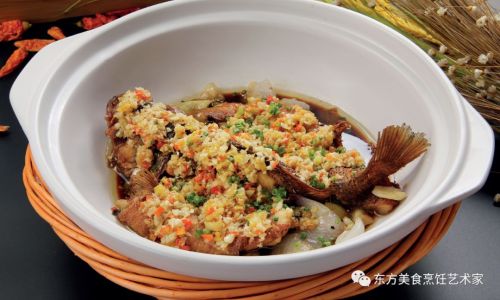
Rinse the fish to remove excess salt. Pat dry and pan-fry in oil until crispy. Serve with ginger, scallions, and soy sauce.
-
Steaming:
Place the fish on a plate with ginger, garlic, and chili. Steam for 15–20 minutes until flaky. Garnish with cilantro and sesame oil.
-
Braising:
Simmer the fish in a broth of rice wine, soy sauce, and sugar until the liquid reduces to a glossy glaze.
Health and Nutritional Considerations
While stinky mandarin fish is a culinary treasure, it should be consumed mindfully:
- Probiotic Benefits: Fermentation introduces beneficial bacteria that aid digestion.
- Sodium Content: The high salt content makes it unsuitable for those with hypertension. Rinse thoroughly before cooking to reduce sodium.
- Protein-Rich: A 100g serving provides ~20g of protein, making it a valuable addition to balanced diets.
Modern Adaptations and Global Appeal
In recent years, stinky mandarin fish has transcended its regional roots, inspiring fusion dishes and international adaptations. Chefs worldwide experiment with:
- Ceviche-Style Preparations: Marinating raw fish in citrus juices to balance the funk.
- Tacos: Shredded fermented fish with pickled vegetables and salsa.
- Pasta Sauces: Simmering the fish in tomato-based ragùs for an umami-packed twist.
Conclusion: The Alchemy of Patience and Tradition
Salting stinky mandarin fish is a testament to the transformative power of time and microbial collaboration. What begins as a simple preservation technique evolves into a dish that challenges perceptions and rewards the adventurous palate. Whether enjoyed in a bustling Anhui night market or a Michelin-starred restaurant, this fermented delicacy bridges tradition and innovation, inviting diners to savor the beauty of contradiction—where stink becomes savory, and patience yields perfection.
As global food cultures continue to intertwine, stinky mandarin fish stands as a resilient symbol of culinary heritage, reminding us that some of the world’s most extraordinary flavors are born from the marriage of science, art, and a willingness to embrace the unexpected.
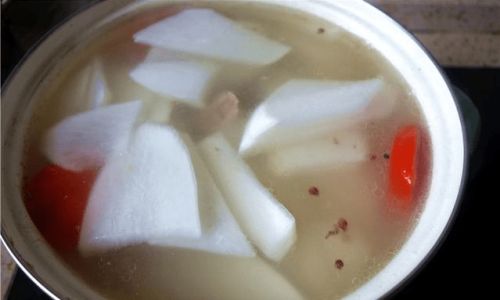
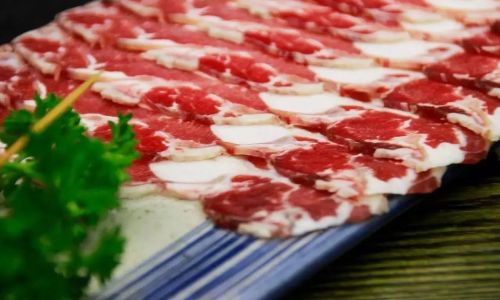
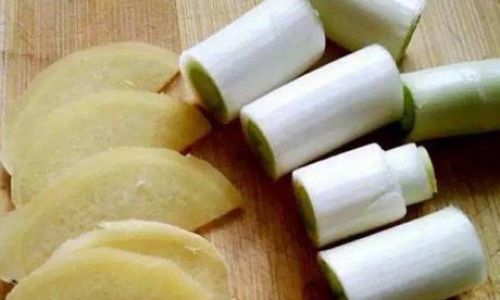

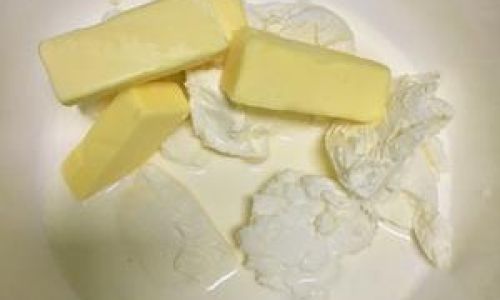
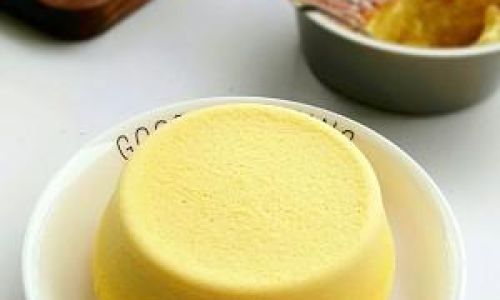
0 comments